Galaxy S25 Edge vs iPhone 16 Pro Max: Here's how these are different!
We may earn a commission if you make a purchase from the links on this page.

Intro
The latest and possibly final member of the Galaxy S25 lineup, the fresh new Galaxy S25 Edge, is here. This new phone is all about the design and pushes the boundaries with a super-thin titanium body and most of the bells and whistles that make Galaxy phones such a hot commodity these days.
However, due to the design limitations of the thin frame, the Galaxy S25 Edge isn't as well-spec'd as the Galaxy S25 Ultra, lacking some essential aspects and not very impressive in others.
Does that mean it would be a worse device to get than, say, the iPhone 16 Pro Max? The latter is Apple's most advanced pro iPhone available right now (and will be such for the next couple of months until the iPhone 17 Pro Max breaks cover), so it always makes sense to compare a new Galaxy flagship with the best available iPhone at the time.
Galaxy S25 Edge vs iPhone 16 Pro Max differences:
| Galaxy S25 Edge | iPhone 16 Pro Max |
|---|---|
| Extremely thin 5.8mm titanium design | Significantly thicker 8.25mm titanium body |
| Significantly lighter at just 163 gr | Notably heavier, 227 gr |
| Smaller 6.7-inch screen | Larger 6.9-inch screen with 120Hz ProMotion |
| Higher-res main 200MP camera | ProMotion support at up to 120Hz |
| Gorilla Glass Ceramic 2 with enhanced crack resistance | Apple's Ceramic Shield protective glass with high drop and crack resistance |
| Dual-camera system | Triple-camera system |
| Higher-res main 200MP camera | 48MP main camera |
| No periscope camera | 12MP periscope with 5X optical zoom |
| 3nm Snapdragon 8 Elite with 12GB of RAM | 3nm Apple A18 Pro with 8GB of RAM |
| Galaxy AI support | Apple Intelligence support |
| 256GB and 512GB storage versions | 256GB, 512GB, 1TB storage versions |
| 3,900mAh battery with 25W wired charging | 4,685mAh battery w/ 27W wired charging |
| 15W wireless charging | 25W MagSafe 2 wireless charging |
| Android 15, One UI 7 | iOS 18, will get iOS 19 in the fall |
| Seven years of software support pledged | More than seven years of software support |
| Titanium Silver, Jetblack, Icyblue colors | Black Titanium, White Titanium, Natural Titanium, Desert Titanium colors |
Table of Contents:
Read more:
Design and Size
A major design difference

The Galaxy S25 Edge is one stunning catwalk star
The Galaxy S25 Edge is all about the design, and it would be no overstatement to claim that the whole reason behind its existence is Samsung trying to prove how thin of a flagship phone it can create. And rightfully so––at just 5.8 mm thin, the Galaxy S25 Edge is the thinnest Samsung flagship ever. Not only that, but it weighs merely 168 gr, a few grams less than the base iPhone 16.
Just like the Galaxy S25 Ultra, the Galaxy S25 Edge is fully made of titanium, but also comes with Corning's latest in glass technology. The new Gorilla Glass Ceramic 2 utilizes novel methods to crystallize glass, which is apparently way more capable of withstanding cracks. Sadly, this also means that we don't get the same anti-reflective screen coating as the Galaxy S25 Ultra.
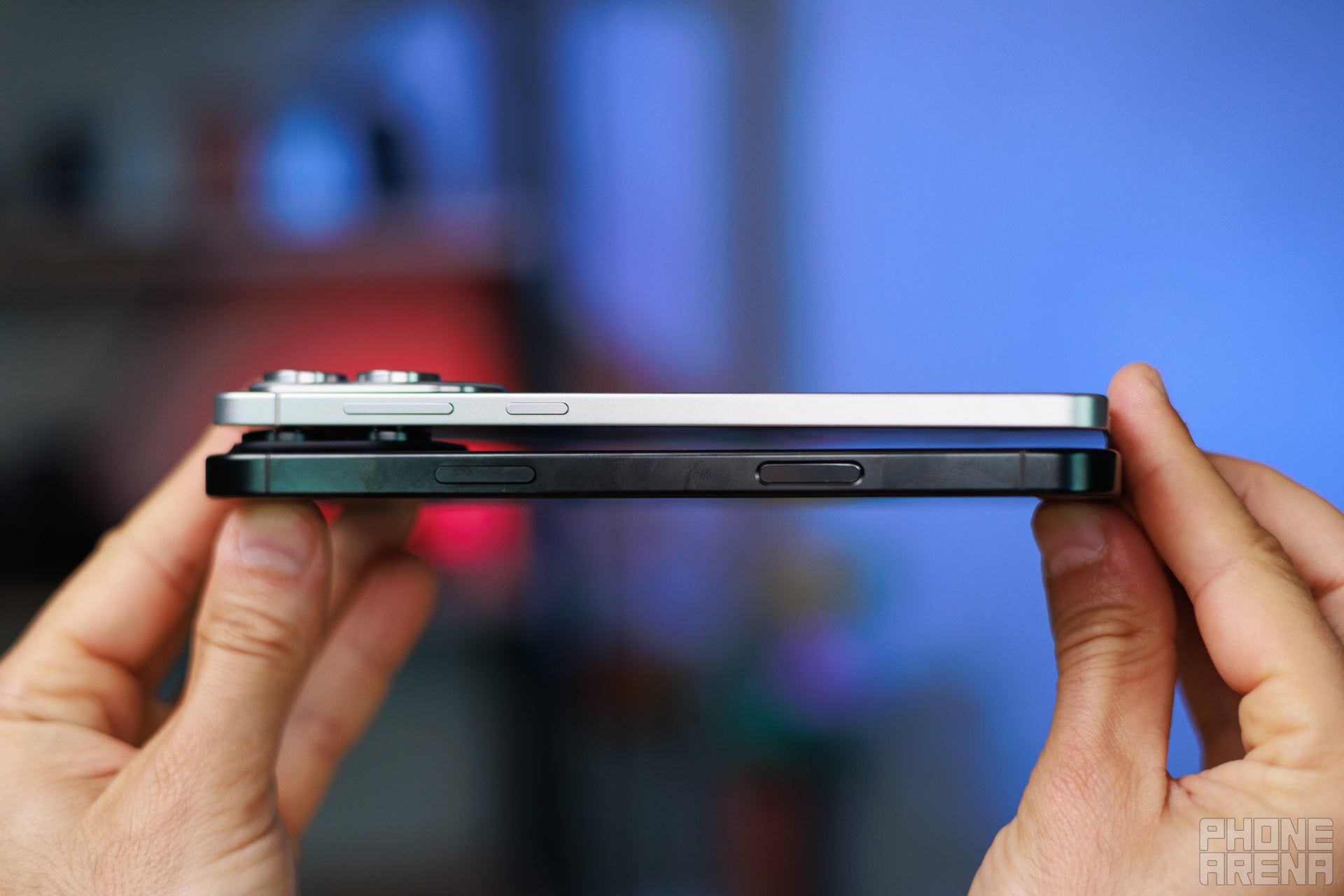
The iPhone 16 Pro Max appears very thick next to the Galaxy S25 Edge
| Galaxy S25 Edge | iPhone 16 Pro Max |
|---|---|
| Thickness 5.8 mm | Thickness 8.25 mm |
| Weight 168 gr | Weight 227 gr |
Aside from that, the design here is Galaxy manifesto. Adopting the flat-edge, rounded-corner aesthetic, the Galaxy S25 Edge definitely looks and feels the part. The only major difference with the rest of the Galaxy S25 series, besides the thickness, is the slightly more pronounced camera island that houses just two cameras at the rear.
Size-wise, there's no need to mention which one feels more compact and easier to use, the answer is glaringly obvious. The iPhone 16 Pro Max is a behemoth in comparison, measuring 8.25 mm thick, as well as being taller, wider, and heavier at 227 gr, the iPhone 16 Pro Max doesn't really focus on a breathtaking and extreme design language as it packs so much extra hardware inside.
Size-wise, there's no need to mention which one feels more compact and easier to use, the answer is glaringly obvious. The iPhone 16 Pro Max is a behemoth in comparison, measuring 8.25 mm thick, as well as being taller, wider, and heavier at 227 gr, the iPhone 16 Pro Max doesn't really focus on a breathtaking and extreme design language as it packs so much extra hardware inside.
That said, it's still a phone with a superb titanium design, utilizing the same flat aesthetics that have become synonym with the current era of smartphones. No Corning Glass here, but Apple's own Ceramic Shield one. At the back, we have a substantially larger camera island, which houses three cameras and a LiDAR scanner.
Both phones have USB Type-C ports at the bottom, as well as the standard flagship IP68 water and dust resistance on deck.
The iPhone boasts a customizable Action Button and a Camera Control button that lets you control the camera and use Visual Intelligence, while the Galaxy S25 Edge has nothing of the sort.
In terms of colors, the Galaxy S25 edge arrives in Titanium Silver, Jetblack, and Icyblue hues, which are part of the Galaxy S25 series' color selection.
Meanwhile, the iPhone 16 Pro Max can be yours in Black Titanium, White Titanium, Natural Titanium, and Desert Titanium.
That's the reason why the more compact Galaxy S25 Edge only comes with a 6.7-inch Dynamic AMOLED 2X screen, which should be more than fine for just about any use. As we mentioned, the display is protected by Corning's new Gorilla Glass Ceramic 2, which offers improved shatter resistance. The phone lacks the Galaxy S25 Ultra's anti-reflective coating, which we absolutely love, but you can always buy and apply a similar screen protector yourself.
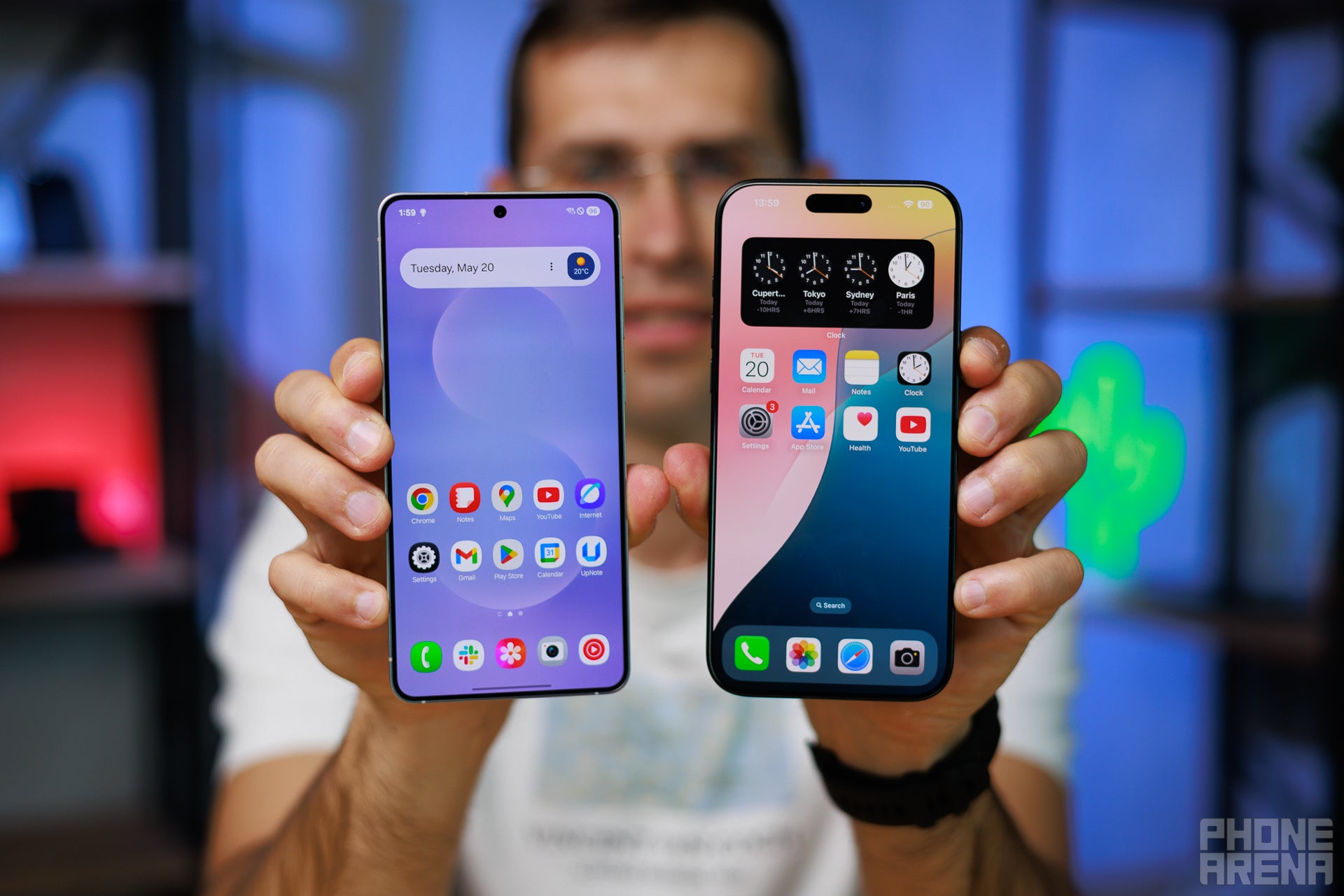
Super-bright OLED screens (Image by PhoneArena)
Another improvement found on the Galaxy S25 Edge is the HOP 3.0 tech that allows the phone to sustain its nit peak brightness for longer (Samsung cites a peak 2,600-nit brightness here, just like on the rest of the Galaxy S25 series. More importantly, the device has wider refresh rate capabilities and can refresh at, say, 1.2Hz or 1.5Hz. This has the potential to make the experience significantly smoother and more pleasing to the eye.
Peak brightness maxes out to around 2,000 nits here, and that's perfect for outdoor legibility. The iPhone 16 Pro Max doesn't have an anti-reflective screen coating like the Galaxy S25 Ultra.
Display Measurements:
As per our in-house tests, the Galaxy S25 Edge beats the iPhone 16 Pro Max in terms of peak brightness with a peak brightness of more than 2400 nits, while the iPhone can merely hit 2,000 tops. The Galaxy S25 Edge is also slightly more color accurate. Minimum brightness is also very good on both.
Performance and Software
Excellent raw performance, but don't bet on the wrong horse
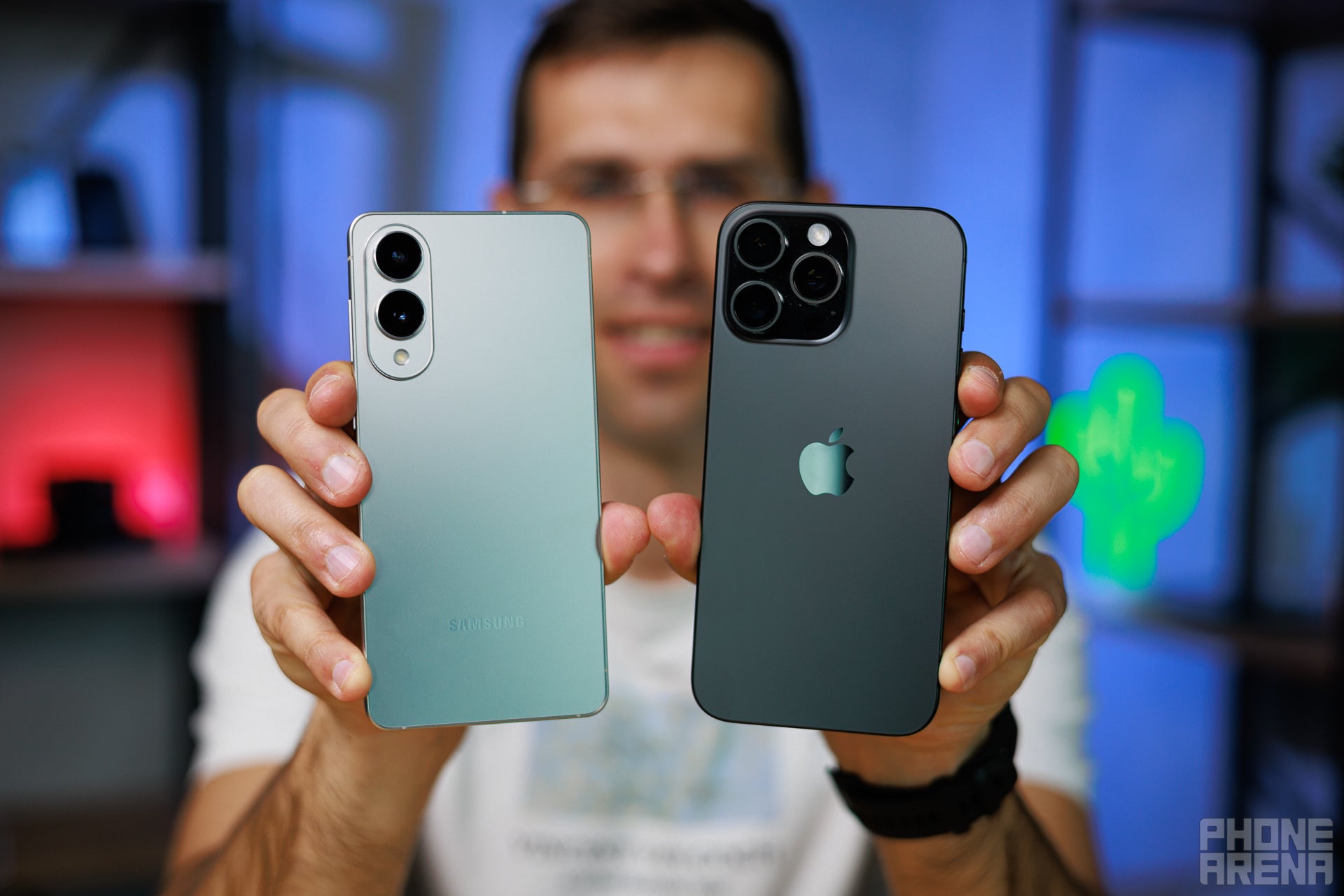
(Image by PhoneArena)
The Galaxy S25 Edge comes with the Snapdragon 8 Elite for Galaxy, a slightly overclocked and better-performing version of the standard Snapdragon 8 Elite that most other Android vendors use. Performance-wise, this is one of the best-performing mobile chips available for phones right now, so you will hardly be wanting for more raw power-wise.
But what's crucial with the Galaxy S25 Edge thanks to its design peculiarities is the thermal management here. Due to the super-thin body, the thermal management might not be as efficient as on the larger Galaxy S25 Ultra despite using a mostly similar cooling system, so Samsung had to take some precautions as to prevent thermal throttling. As a result, the Snapdragon on board has been specifically tailored for efficiency.
But what's crucial with the Galaxy S25 Edge thanks to its design peculiarities is the thermal management here. Due to the super-thin body, the thermal management might not be as efficient as on the larger Galaxy S25 Ultra despite using a mostly similar cooling system, so Samsung had to take some precautions as to prevent thermal throttling. As a result, the Snapdragon on board has been specifically tailored for efficiency.
While this means it might not perform as good as the Galaxy S25 Ultra, you are unlikely to notice any substantial difference in real-life usage.
The iPhone 16 Pro Max, on the other hand, uses the Apple A18 Pro chip, which is Cupertino's second-gen 3nm chipset. It is just as fast as the Snapdragon 8 Elite that hums inside the Galaxy S25 Ultra, so we generally expect a similar performance delta between the large iPhone and the Galaxy S25 Edge.
As per our tests, the Galaxy S25 Edge loses to the iPhone in the single-core CPU test, but beats it in the multi-core Geekbench 6 test. Not bad for a sub-6mm phone, eh?
In terms of graphics performance, the Galaxy S25 Edge boasts an excellent initial power surge that beats the iPhone. However, Apple's best smartphone so far delivers a more consistent frame rates during longer gaming sessions.
While the iPhone 16 Pro Max comes with 8GB of RAM to accommodate Apple Intelligence, the Galaxy S25 Edge comes with the standard for the range 12GB of RAM on deck. Those should be enough to ensure worry-free multitasking and on-device Galaxy AI processing.
Storage-wise, both devices can be had in either 256GB or 512GB, but only the iPhone 16 Pro Max is available with 1TB of storage.
The new Galaxy relies on Android 15 and the company's latest One UI 7 software, which introduces multiple design changes to Samsung's interface and many new UX niceties. The device will be supported for seven years, including major software upgrades as well as security patches.
Meanwhile, the iPhone 16 Pro Max currently runs iOS 18, which gave us many Apple Intelligence features but fell short on the smarter Siri we were promised. We expect that the iPhone 16 Pro Max will be supported for at least seven years, or even more, based on historical patterns.
Camera
Dual versus triple
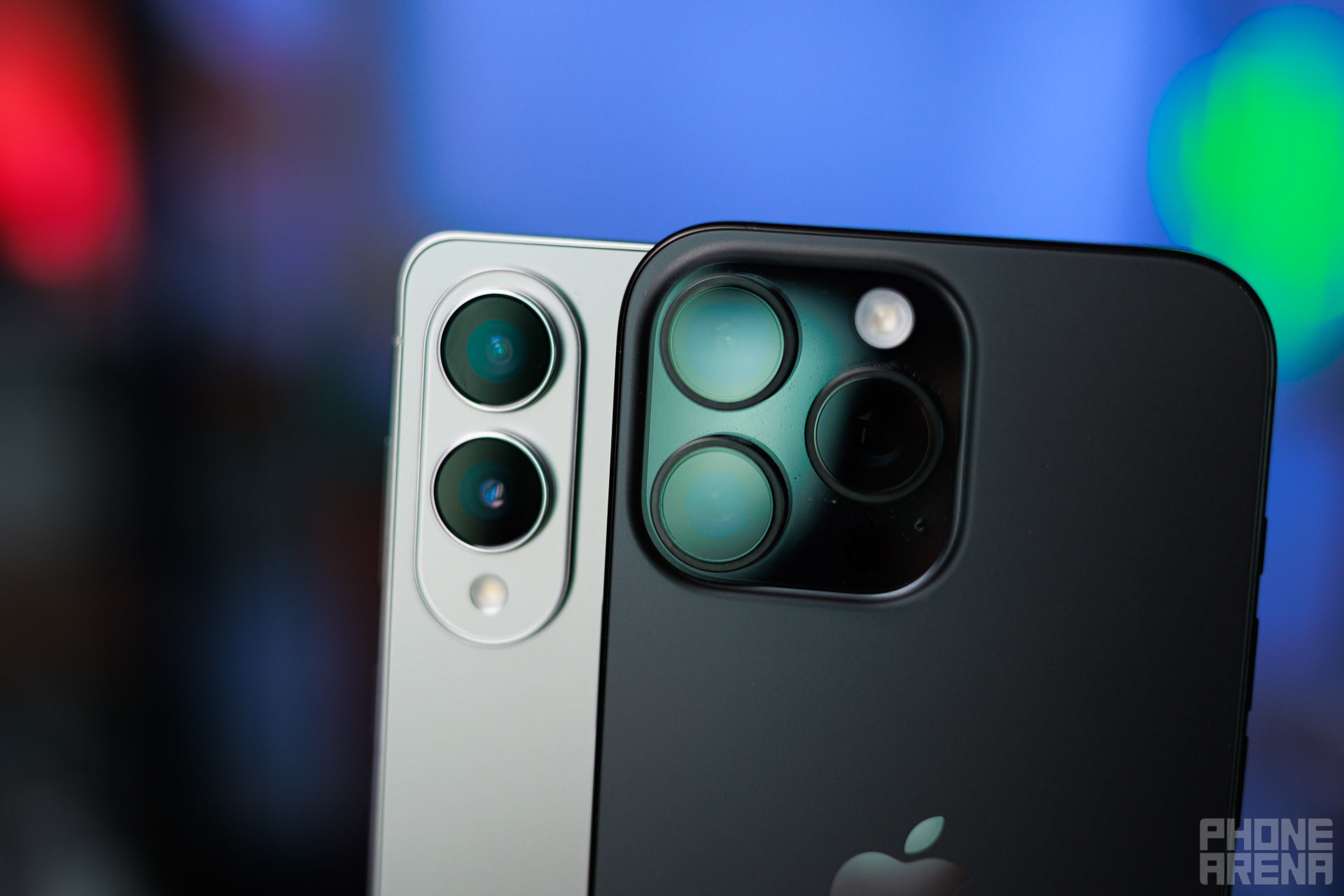
The iPhone has a killer periscope that the Galaxy can't match, and that's okay (Image by PhoneArena)
Yes, one of the downsides of a super-thing device is apparently the sheer lack of physical space to utilize three regular cameras at the back of a phone, the Galaxy S25 Edge proves that. Equipped with a 200MP main camera and a 12MP ultrawide, it's nevertheless well-equipped as per the current standards, but still notably lacks a dedicated telephoto or periscope camera.
The camera here is mostly similar to the one you'd find on the Galaxy S25 Ultra: the sensor is the same, albeit the lens above it are different, but this shouldn't result in a drastically different image quality.
Meanwhile, the iPhone 16 Pro Max is a significantly better-equipped device in terms of camera versatility. It boasts a 48MP main camera, a 48MP ultrawide, and a 12MP periscope which offers 5X optical zoom. The image quality here is excellent, and although the iPhone 16 Pro Max technically loses to the Galaxy S25 Ultra in the PhoneArena Camera test, the Apple device still has a mighty powerful camera system.
New with this iPhone is the dedicated capacitive Camera Control button, which lets you interact with the camera and also make use of the Visual Intelligence part of Apple Intelligence.
The selfie cameras on both phones are 12MP ones, more than enough for video calls and the odd selfie.
The camera here is mostly similar to the one you'd find on the Galaxy S25 Ultra: the sensor is the same, albeit the lens above it are different, but this shouldn't result in a drastically different image quality.
Meanwhile, the iPhone 16 Pro Max is a significantly better-equipped device in terms of camera versatility. It boasts a 48MP main camera, a 48MP ultrawide, and a 12MP periscope which offers 5X optical zoom. The image quality here is excellent, and although the iPhone 16 Pro Max technically loses to the Galaxy S25 Ultra in the PhoneArena Camera test, the Apple device still has a mighty powerful camera system.
The selfie cameras on both phones are 12MP ones, more than enough for video calls and the odd selfie.
PhoneArena Camera Score:
In our camera benchmark test, the Galaxy S25 Edge loses to the iPhone 16 Pro Max in pretty much all subcategories, in both still photo and video-recording. That's okay, as the Galaxy S25 Edge has never been about camera performance and relies solely on its design as a selling point.
Main camera
The Galaxy S25 Edge boasts an edge in terms of dynamics here, having exposed the scene slightly better than the iPhone 16 Pro Max, which seems to have gone the way of underexposing it. While the real scene lies somewhere between these two renditions, it's the Edge sample that looks slightly better.
Zoom quality
At 2X, there aren't truly any major differences between the two devices. At 2X, the quality is rather comparable.
At 10X zoom, the Galaxy S25 Edge is at the limits of its camera capabilities. Results are usable, but noise and artifacts are definitely creeping in, so you probably shouldn't use that phone to zoom all the way in. The iPhone 16 Pro Max delivers substantially better quality and has a ton of extra headroom to go still.
Ultrawide camera
The ultrawide on the Edge is excellent, and it doesn't yield to the iPhone 16 Pro Max. Both devices capture a lot of scene in the frame, with fairly decent dynamics and sharpness.
Selfies
Both phones capture lovely selfies, with lots of detail, splendid dynamic range, and true-to-life colors. Superb!
More Camera Samples
Battery Life and Charging
No chance for the Galaxy S25 Edge?
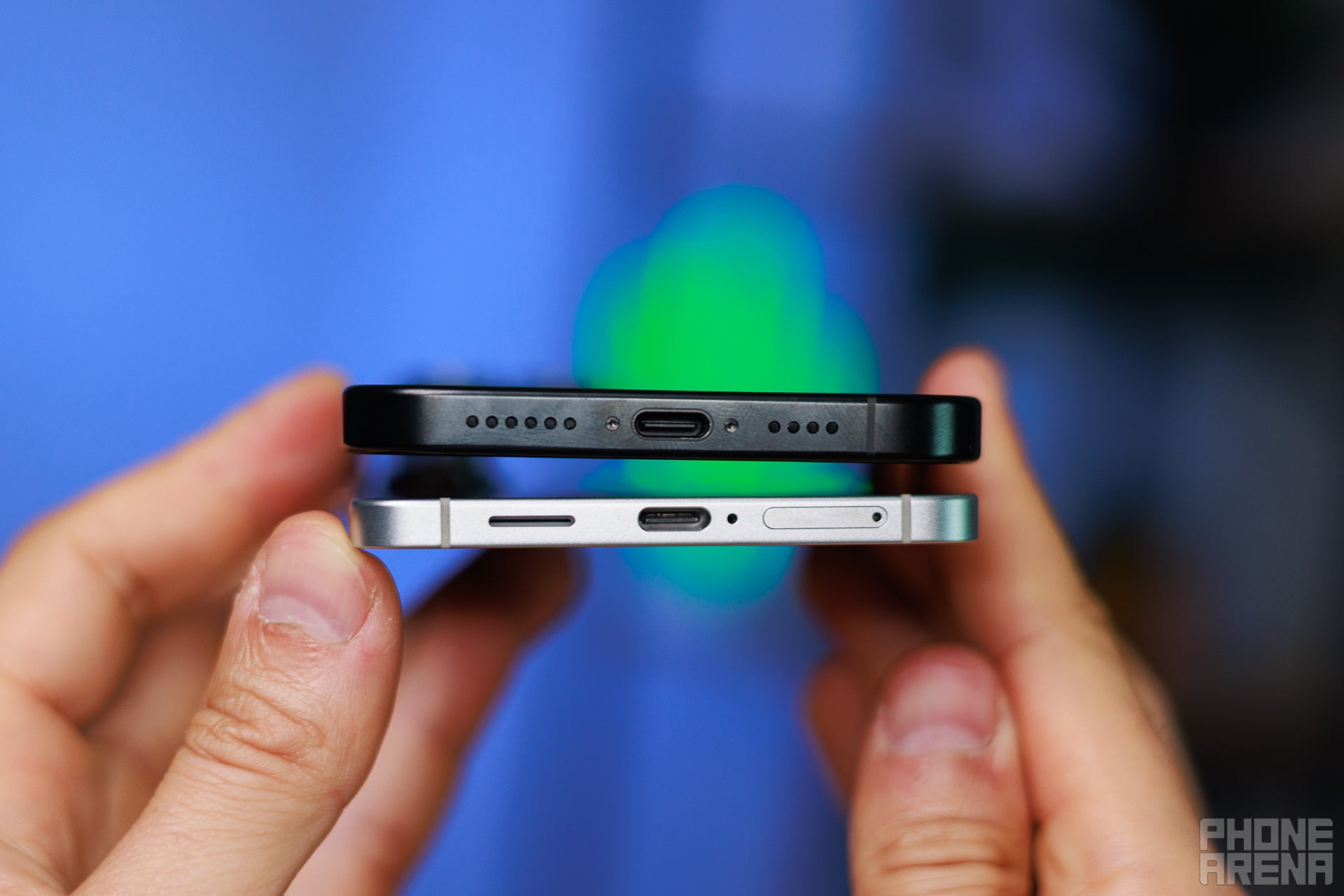
Surprisingly decent battery life (Image by PhoneArena)
The battery situation with any phone around can usually be summarized with "the more, the merrier".
We don't have particularly optimistic expectations of the Galaxy S25 Edge, which comes along with a 3,900 mAh battery at the back. For the record, that's some 100 mAh smaller than what you get in the regular Galaxy S25, and judging from the okay, but far from impressive battery life on that one, we'd probably get similar or ever-so-slightly worse battery life with the Edge.
Unsurprisingly, the Edge doesn't fare exceptionally well in our battery life test, and loses to the iPhone 16 Pro Max. Still, a very decent result by the Galaxy S25 Edge, which would easily last you a day of regular usage.
PhoneArena Battery and Charging Test Results:
Meanwhile, the iPhone 16 Pro Max will most certainly end up the longer-lasting device. It has a much larger 4,685 mAh battery in the back and performs very well in our custom battery tests, with an average battery life estimate of eight hours and a half, which is excellent.
Charging-wise, Samsung has equipped the Galaxy S25 Edge with standard 25W wired and 15W wireless charging. The iPhone 16 Pro Max arrives with 27W wired and 25W MagSafe 2.0 wireless charging.
Audio and haptics
In terms of audio quality, it's the iPhone 16 Pro Max that unsurprisingly takes the first prize here. The reason is trivial: there's simply more space inside its body for more powerful speakers. As a result, you get a richer and boomier sound on the iPhone, rich on bass and loudness.
This doesn't mean the Galaxy S25 Edge is inferior in any way: it delivers awesome audio quality, it's just slightly less impressive as far as loudness goes.
Haptics are great on both devices, but the iPhone has a slightly stronger and more precise haptic motor, it seems, which might once again be traceable to size.
Specs Comparison
Here's how the Galaxy S25 Edge vs iPhone 16 Pro Max specs compare:
| Galaxy S25 Edge | PHONE-2 |
|---|---|
| Size, weight 158.2 x 75.5 x 5.84 mm 163 gr | Size, weight 163.0 x 77.6 x 8.25 mm 227 gr |
| Screen 6.7" OLED 1-120Hz 2600 nits peak brightness Gorilla Glass Ceramic 2.0 | Screen 6.9" OLED 120Hz ProMotion 2000 nits peak brightness Ceramic Shield |
| Processor Snapdragon 8 Elite for Galaxy 3nm | Processor A18 Pro 3nm |
| Versions: 12/256GB 12/512GB LPDDR5 | Versions: 8/256GB 8/512GB 8/1TB LPDDR5 |
| Cameras: 200MP main 12MP ultra 12MP front | Cameras: 48MP main 48MP ultra 12MP 5X zoom 12MP front |
| Battery: 3,900 mAh | Battery: 4,685 mAh |
| Charging: USB-C 25W wired 15W wireless | Charging: USB-C 27W wired 25W MagSafe |
Summary
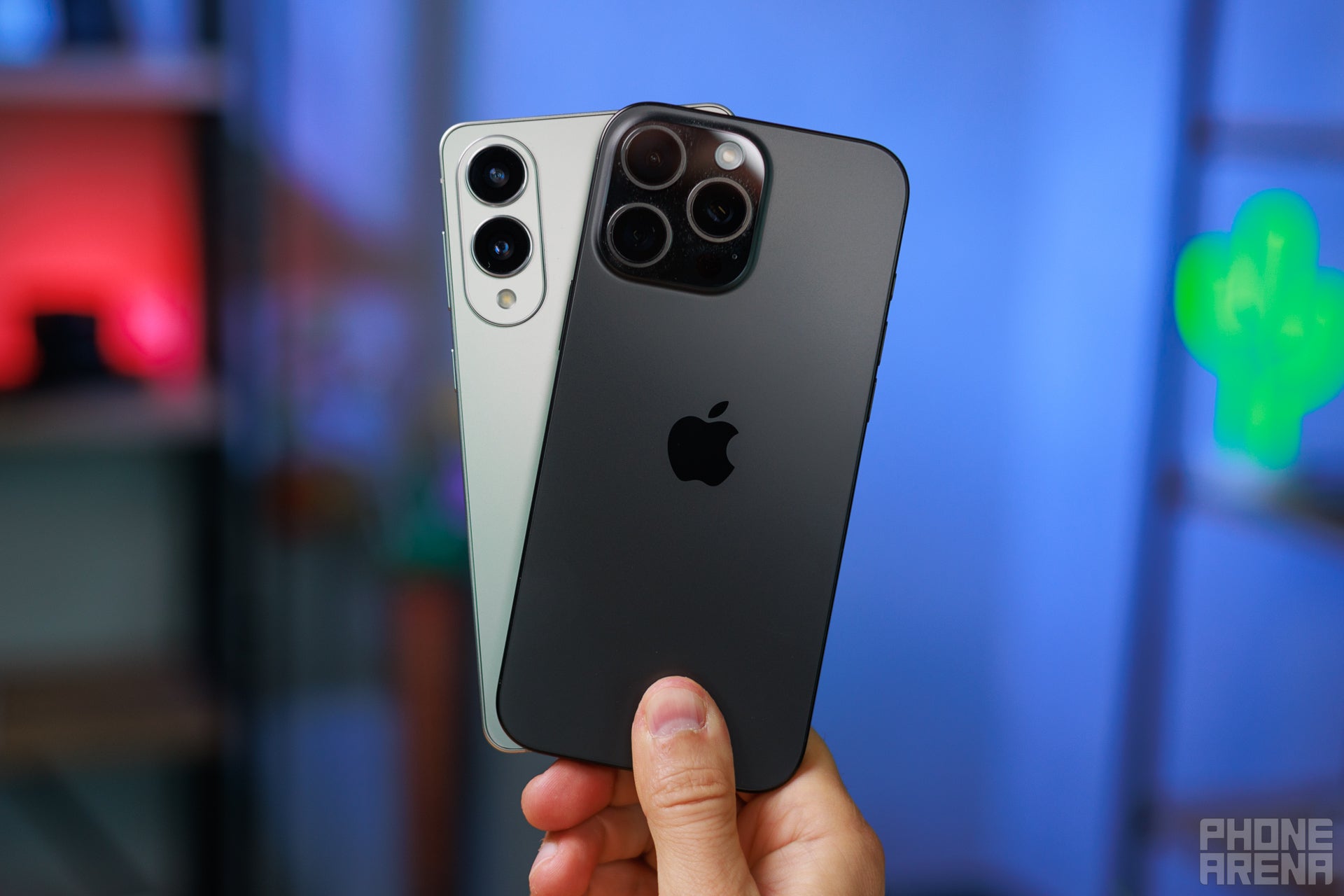
The Galaxy S25 Edge is a hallmark litmus test for Samsung (Image by PhoneArena)
The Galaxy S25 Edge is undoubtedly an experiment that will shape the future of Samsung's device releases.
Used to gauge interest in a thin but fairly capable Galaxy, the Galaxy S25 Edge will have its toughest battler later this year, in the fall, when the iPhone 17 Air will be released. This will be the true competitor to the Galaxy S25 Edge.
Until then, however, the Galaxy S25 Edge will have to compete with the best of the best among Cupertino's ranks: the iPhone 16 Pro Max. While it obviously lacks the design chops of the Galaxy S25 Edge and doesn't have such an egregiously thin body, it's definitely a noteworthy titanium catwalk star that packs a lot of oomph.
Follow us on Google News

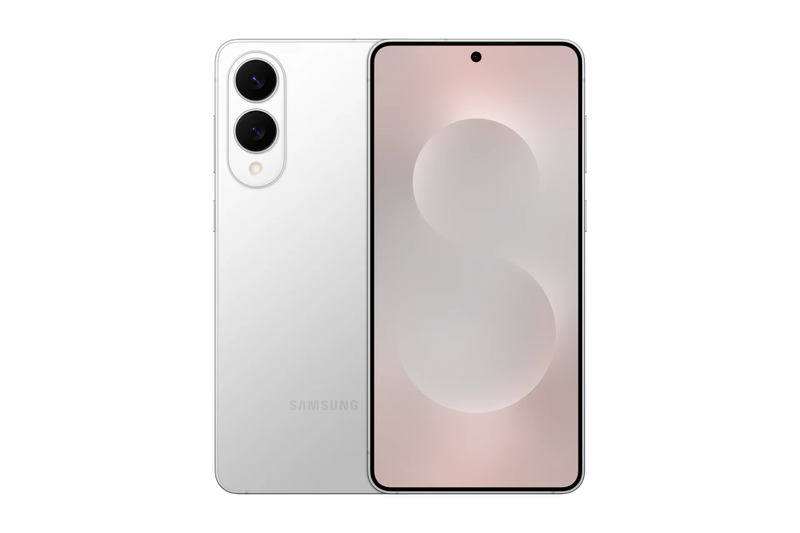
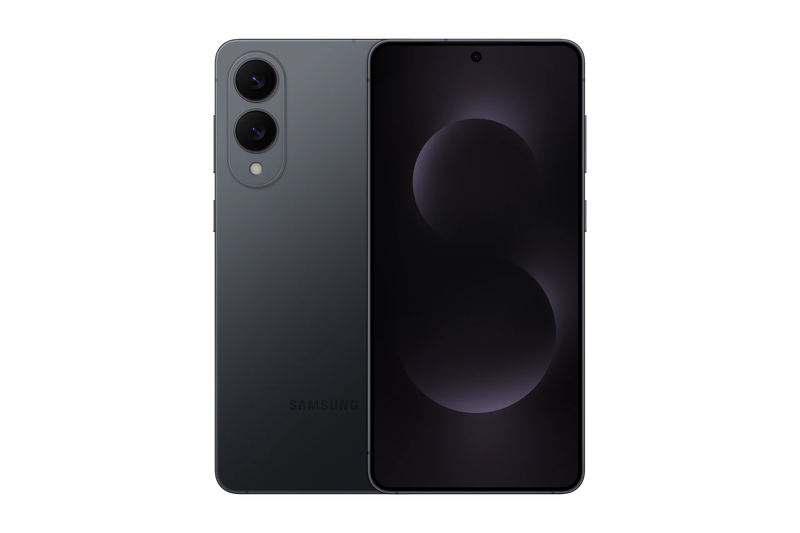
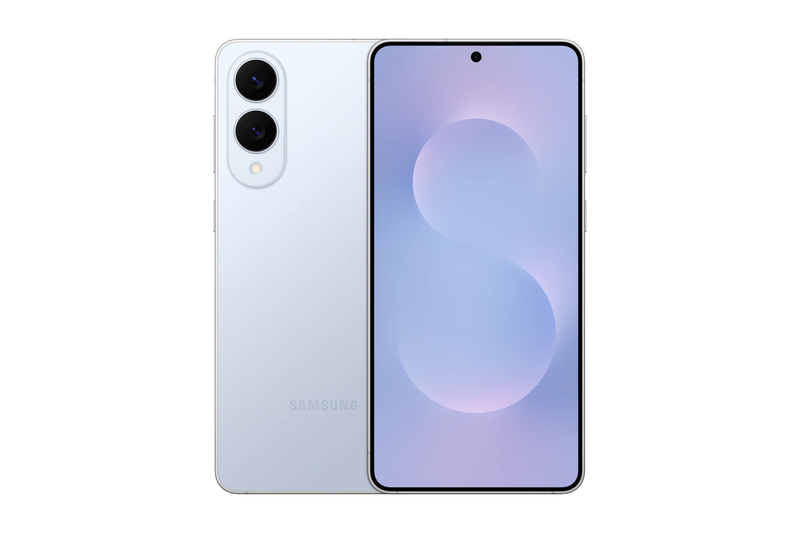
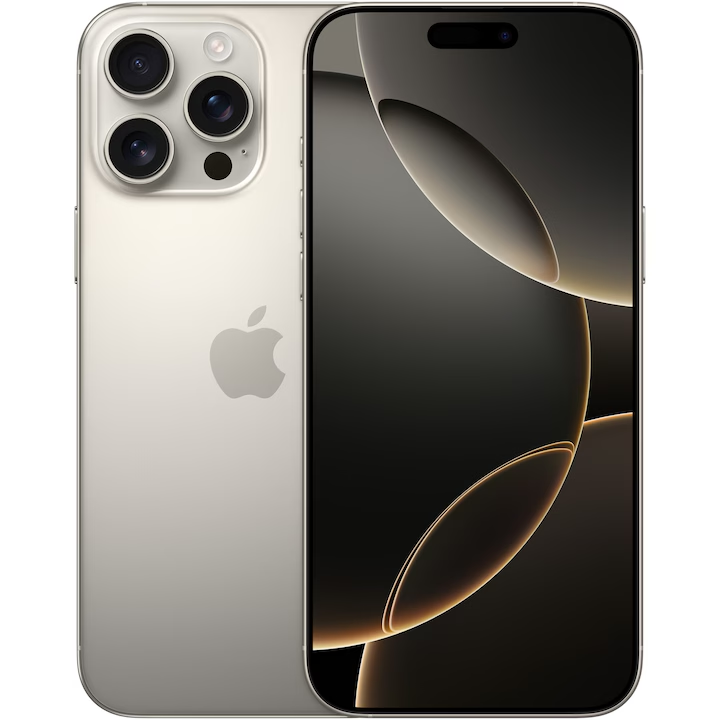
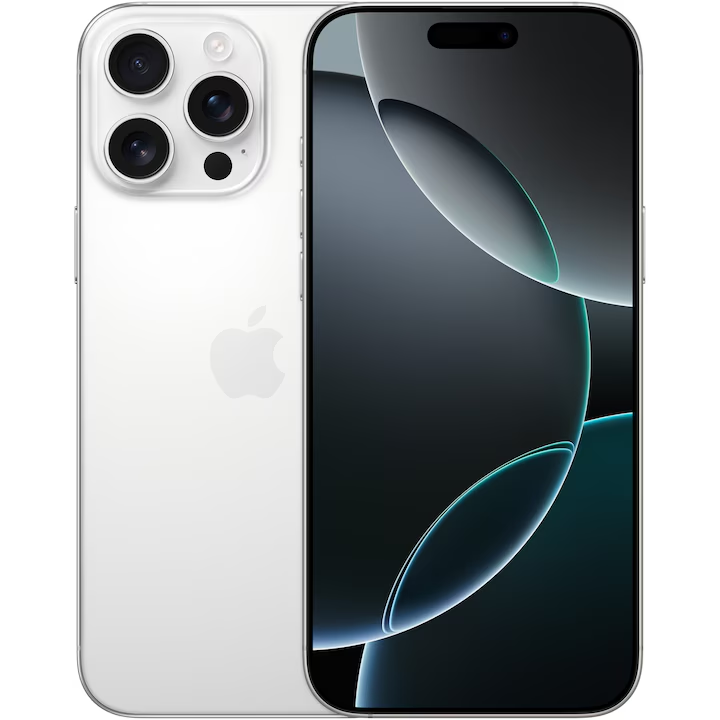
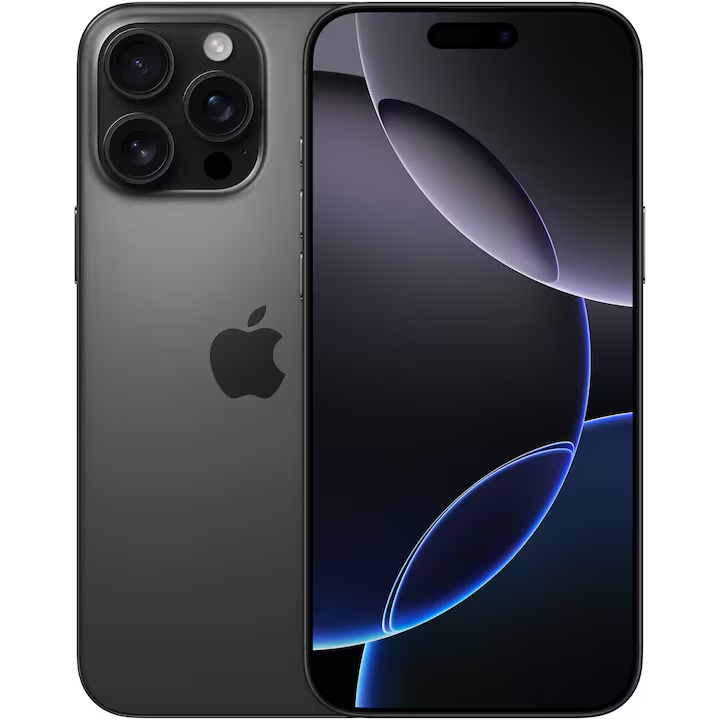
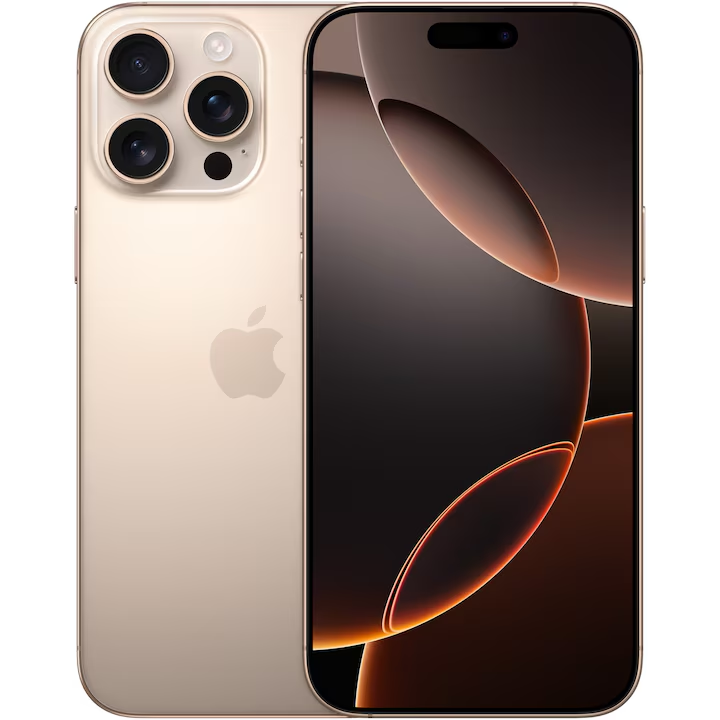
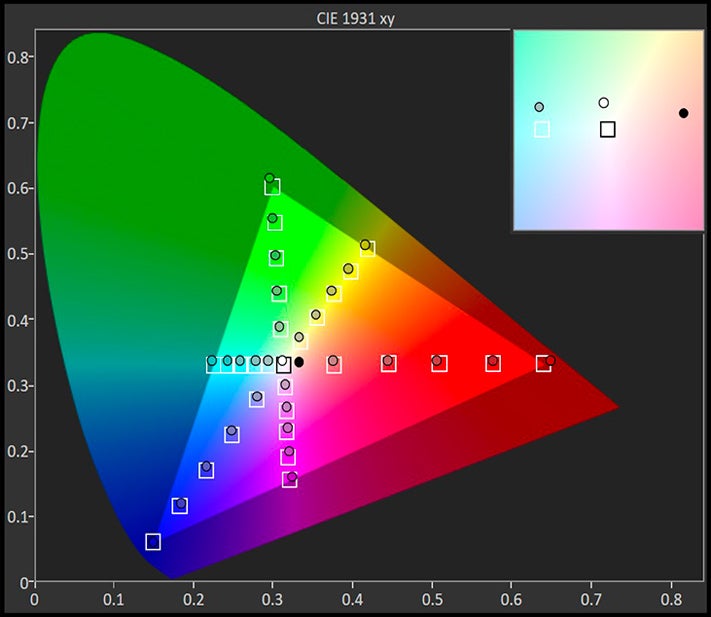
















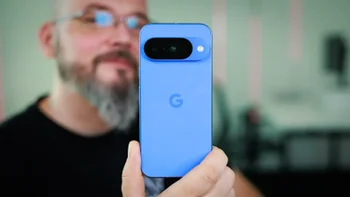
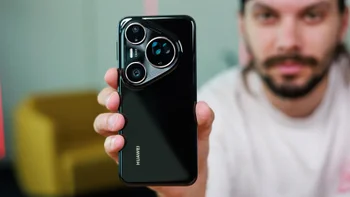
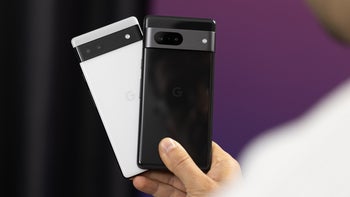

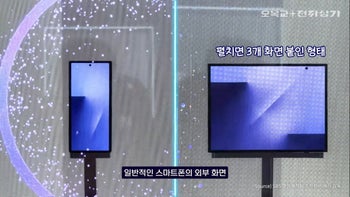
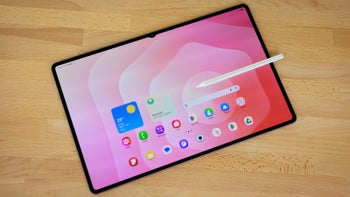
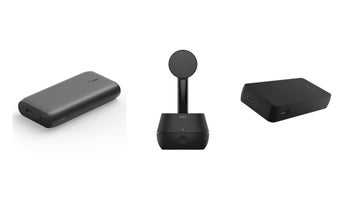

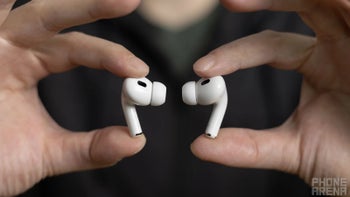
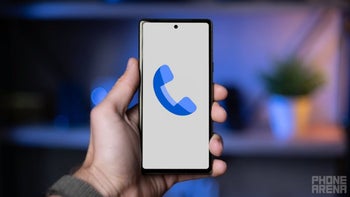

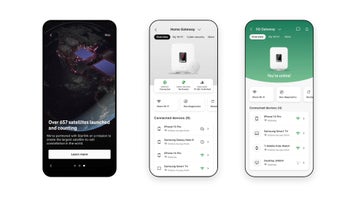
Things that are NOT allowed:
To help keep our community safe and free from spam, we apply temporary limits to newly created accounts: